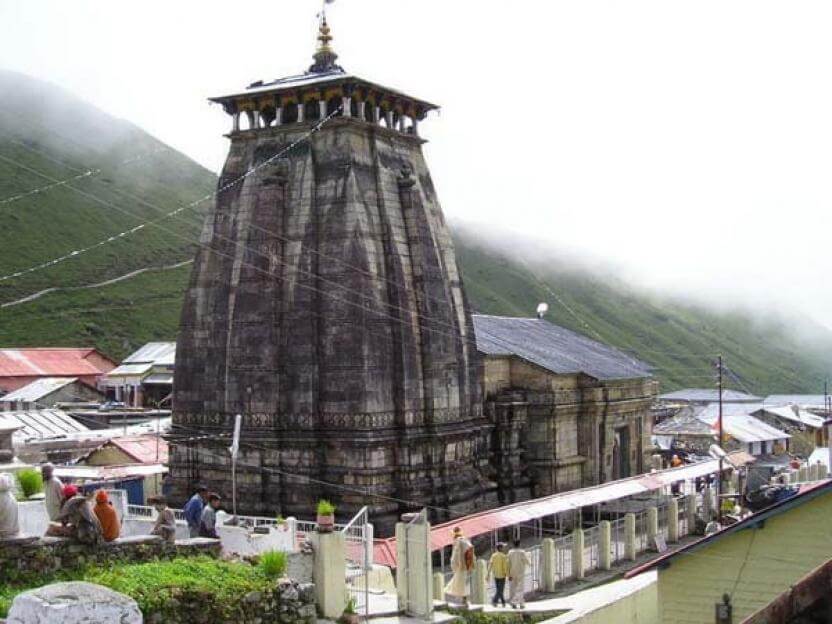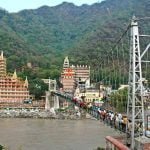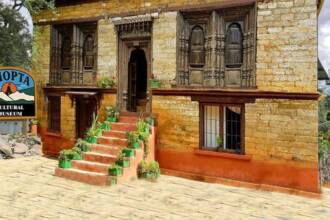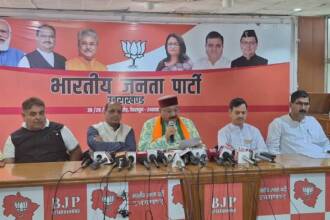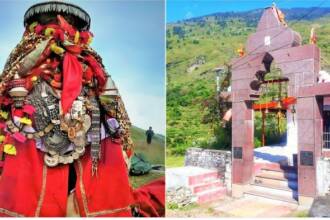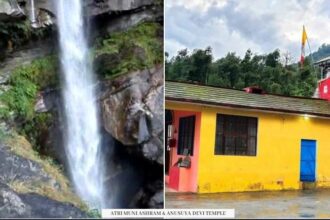Kedarnath Temple is one of the most revered and most visited pilgrimage places in India. This centre of pilgrimage was established by Adi Guru Shankaracharya in 9th century. Situated at an altitude of 3,580 m (11,750 ft) within the picturesque Kedarnath Wildlife Sanctuary, this renowned Hindu pilgrimage destination in the high Himalaya Mountains is devoted to Lord Shiva. The present structure of Kedarnath temple is believed to be more than 1,000 years old. Kedarnath is one the twelve ‘Jyotirlingas’ of Lord Shiva.
Location:
The Kedarnath Temple is located in Rudraprayag district of Uttarakhand. It is very close to the Indo-China border and River Mandakini originates from the Kedarnath Mountains. It can be reached from Rishikesh (234 km) and Dehradun (250 km).
Best Time To Visit
The temple opens in the first week of May and closes either in the last week of October or early November. Monsoon months should be avoided. The months of May-June are the busiest time of the year. During the closure period of the temple, worship of Sri Kedarnath is continued at Okhimath in winter by the priest from the Kedarnath Temple.
Legends
There are many stories associated with the manifestation and worship of Kedarnath. According to one legend, Nar and Narayan, two incarnations of Lord Vishnu did severe penance at Badrikashram in front of a Shiva lingam to please lord Shiva. So when lord Shiva gave them ‘Darshan’ they requested him to make Kedarnath his permanent abode. Fulfilling their wish he manifested himself in the form of a Jyotirlinga there.
The second legend is of the Panch Kedar. When Arjuna and the Pandavas used the ‘Pashupatra’ weapon to kill their kins turned mortal enemies, they felt guilty and sought advice from Lord Krishna. He suggested them to search lord Shiva in the Garhwal region. Lord Shiva however turned into a Bull to avoid detection. Nevertheless, after a long search the Pandavas found him but Shiva sank into the earth but not before Bhim could grab his (bull’s) hump. Shiva relented and granted them the boon of salvation from their sins. This hump is now hypothetically the Shiva lingam worshipped in the temple.
Temple Architecture
The Kedarnath temple, situated at a height of 11,750 ft, was established by Sage Adi Shankaracharya near the site of a group of ancient temples built by the Pandavas. The unique thing in this temple is the enterance gate, which faces south. It is quite surprising since every Hindu temple must face east according to the ‘divine’ architectural guidelines. The entire temple is made up of extremely large, heavy and evenly cut grey slabs of stones. The entrance of the temple has a conical lingam- the main idol, a statue of Nandi – the celestial bull of Shiva, a ‘Garbha Griha’ for worship and a Mandap for assemblies of pilgrims and visitors.
The conical lingam is the form of Sadashiv incarnation of Lord Shiva and is about 9 ft long, 3 feet wide and 4 feet high. The temple complex also has idol and images of Goddess Parvati, God Ganesha, Laxmi – Narayana, Lord Krishna, the Pandavas (including Draupadi) and Kunti. The statue of Nandi guards the temple doors outside. This safe haven for gods is made inside an undecorated curved tower with a timber roof and the façade exhibits bands of bent adornments and festooned alcoves.
How To Reach :
Kedarnath can be reached by trekking (14 Km) from Gaurikund which is about 73 Km from Rudraprayag. From Gaurikund, one has to trek about 8 Km to reach a Rambara from where another 6 Km trek leads to the holy shrine of Kedarnath. The entire trek may take about 6-7 hours. ')}



